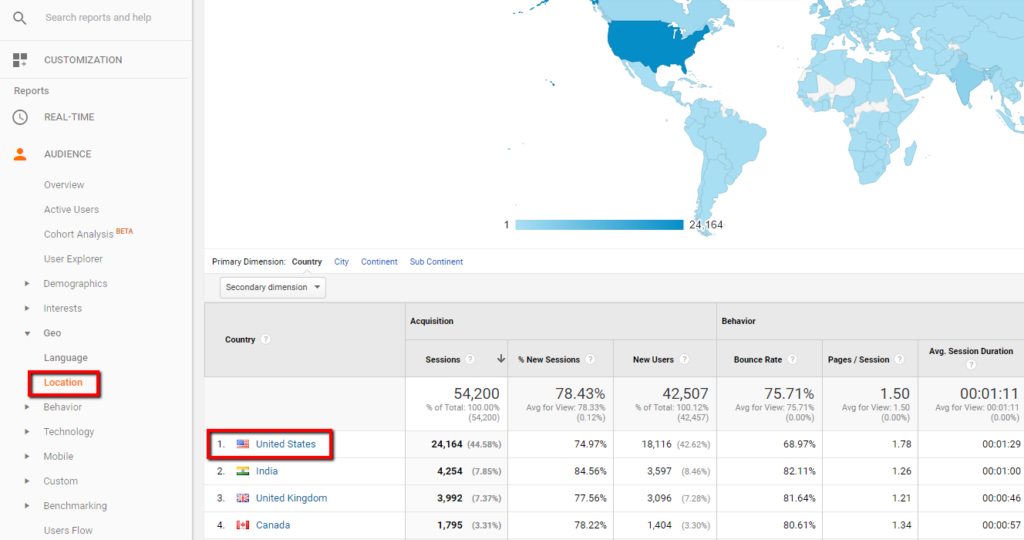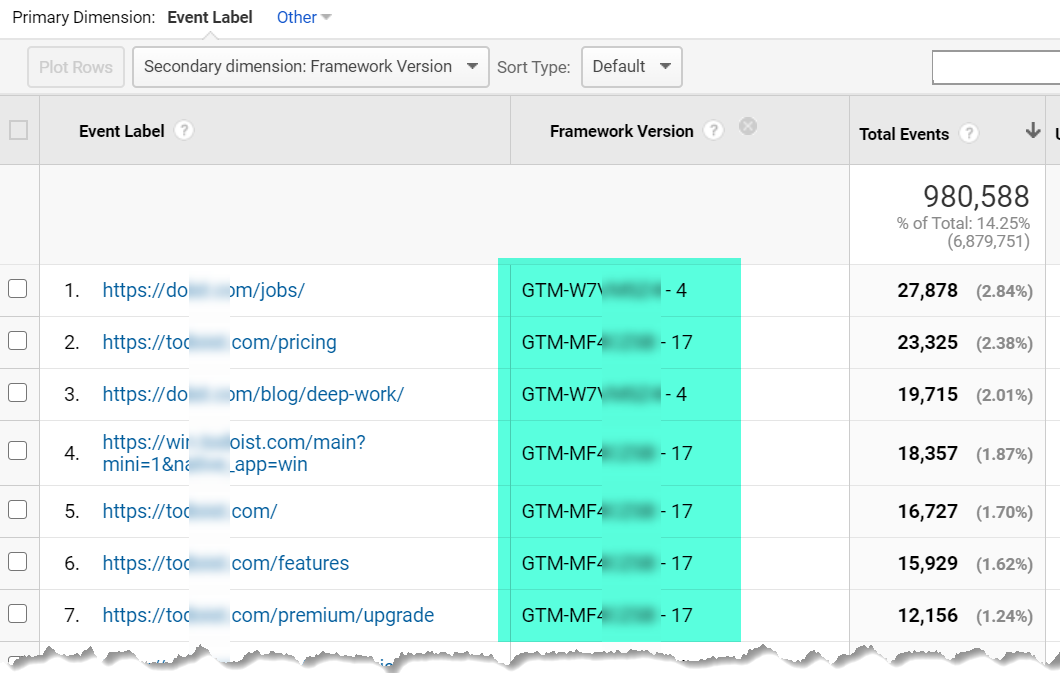Google Analytics Mastery: Introducing the Potential of Secondary Dimension
Wiki Article
Unlocking the Power of Additional Measurement Analytics for Improved Information Insights and Decision-Making
In the realm of information analytics, key measurements usually take the spotlight, however the true deepness of understandings lies within the realm of secondary measurements. By harnessing the power of secondary measurement analytics, companies can unveil surprise trends, reveal correlations, and essence a lot more significant conclusions from their information.
Significance of Additional Dimensions
Checking out the relevance of additional measurements in analytics unveils the surprise layers of information understandings crucial for educated decision-making in numerous domains. Additional measurements give a much deeper understanding of key information by providing extra context and point of views. By incorporating additional measurements right into analytics, organizations can draw out more detailed and nuanced understandings from their datasets.One trick significance of second measurements is their ability to section and categorize primary information, permitting a more detailed analysis of details parts within a dataset. When looking at the information as a whole, this segmentation allows organizations to determine patterns, patterns, and outliers that could not be obvious. Furthermore, secondary dimensions aid in revealing relationships and dependences in between various variables, leading to more precise forecasting and predictive modeling.
Additionally, additional dimensions play a critical duty in boosting data visualization and coverage. By including second dimensions to visualizations, such as graphes or graphs, analysts can produce extra insightful and insightful depictions of data, facilitating much better interaction of findings to stakeholders. Overall, the assimilation of secondary dimensions in analytics is instrumental in opening the complete capacity of information and driving evidence-based decision-making.
Trick Advantages of Using Second Dimensions
Utilizing additional dimensions in analytics provides organizations a calculated benefit by boosting the deepness and granularity of information understandings. One vital advantage of incorporating additional measurements is the capability to section and filter information, enabling for a more in-depth analysis of particular aspects within a dataset. This division makes it possible for companies to obtain a more nuanced understanding of their target market, performance metrics, and other essential information points. By studying data making use of additional measurements such as time, area, device kind, or user demographics, organizations can uncover patterns, fads, and connections that might otherwise stay hidden.Additionally, the use of second measurements improves the context in which main data is analyzed. It gives a more comprehensive view of the partnerships in between different variables, enabling organizations to make enlightened choices based upon a more holistic understanding of their information. Additionally, additional measurements promote the identification of outliers, anomalies, and areas for optimization, inevitably bring about extra efficient approaches and enhanced outcomes. By leveraging secondary dimensions in analytics, companies can harness the complete potential of their information to drive far better decision-making and attain their company objectives.
Advanced Information Analysis Methods
A deep study advanced data analysis methods reveals innovative approaches for drawing out important understandings from complex datasets. One such method is artificial intelligence, where formulas are utilized to identify patterns within information, predict end results, and make data-driven decisions. This approach enables the automation of logical design building, enabling the handling of huge quantities of data at a much faster rate than conventional methods.An additional advanced method is anticipating analytics, which uses analytical formulas and maker understanding methods to anticipate future end results based on historical information. By evaluating patterns and trends, organizations can anticipate consumer habits, market trends, and possible dangers, empowering them to make positive choices.
Furthermore, text mining and belief analysis are useful strategies for extracting understandings from disorganized information resources such as social media comments, customer reviews, and survey feedbacks. By evaluating message data, companies can comprehend client opinions, identify emerging trends, and enhance their services or items based upon feedback.
Enhancing Decision-Making With Additional Dimensions

Enhancing decision-making through additional measurements enables companies to make more educated and targeted critical options. As an example, by segmenting consumer data based upon additional measurements like acquiring background or involvement levels, firms can customize their marketing approaches to particular target market sections, bring about improved conversion rates and client contentment. Moreover, secondary dimensions can assist identify correlations and partnerships between different variables, making it possible for companies to make data-driven decisions that drive growth and find more productivity.
Applying Additional Dimension Analytics
When incorporating second measurements in analytics, organizations can unlock much deeper understandings that drive strategic decision-making and boost overall performance. Applying secondary measurement analytics requires an organized method to ensure effective application of this effective tool. The very first step is to identify the crucial metrics and dimensions that straighten with the company's tactical goals. This involves understanding the particular concerns the Go Here company seeks to address and the data points called for to address them.
Moreover, companies must utilize advanced analytics devices and innovations to enhance the process of integrating secondary measurements. These tools can automate information processing, analysis, and visualization, allowing companies to focus on translating understandings as opposed to hands-on information manipulation.
Final Thought
In final thought, additional dimension analytics play an essential duty in boosting data insights and decision-making processes. By utilizing advanced data evaluation strategies and implementing additional dimensions successfully, organizations can open the power of their data to drive strategic service decisions. The crucial benefits of making use of second measurements can not be overstated, as they offer a deeper understanding of information trends and partnerships. It is necessary for organizations to leverage second dimension analytics to stay competitive in today's data-driven landscape.In the realm of information analytics, main measurements usually take the spotlight, but the real deepness of understandings lies within the realm of secondary dimensions.Using additional dimensions in analytics supplies companies a strategic advantage by increasing the deepness and granularity of data insights. By leveraging additional link measurements in analytics, companies can harness the full potential of their information to drive better decision-making and accomplish their organization purposes.
Applying information recognition procedures and routine audits can help preserve information high quality and reliability.
By utilizing sophisticated data evaluation techniques and implementing additional measurements effectively, companies can open the power of their data to drive tactical business decisions.
Report this wiki page